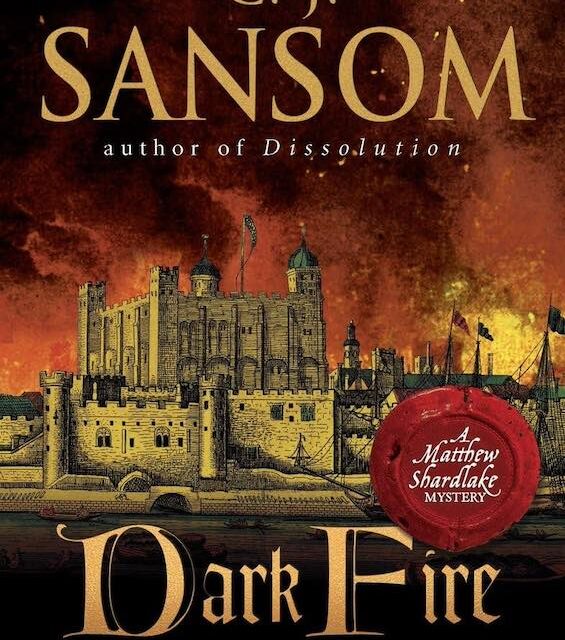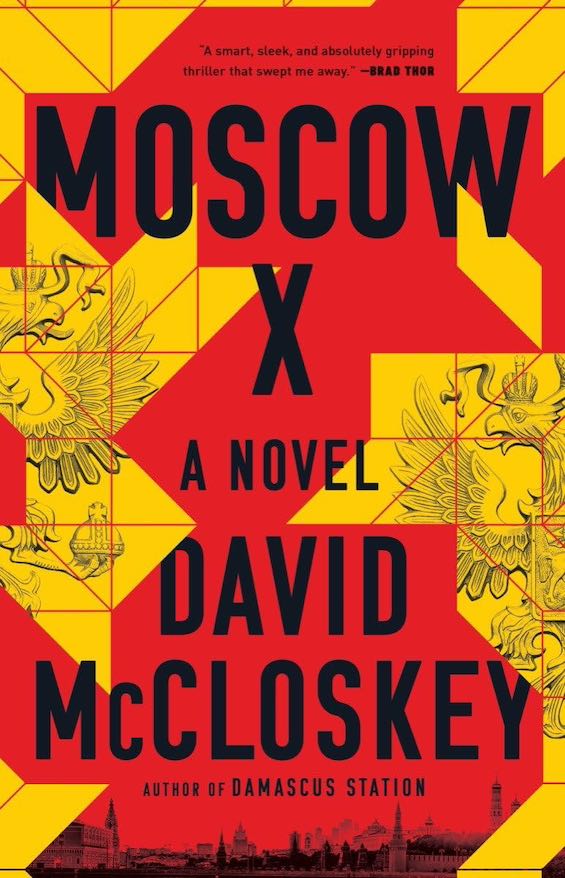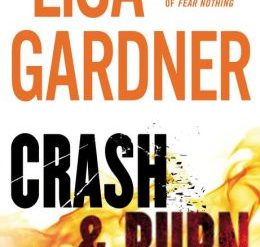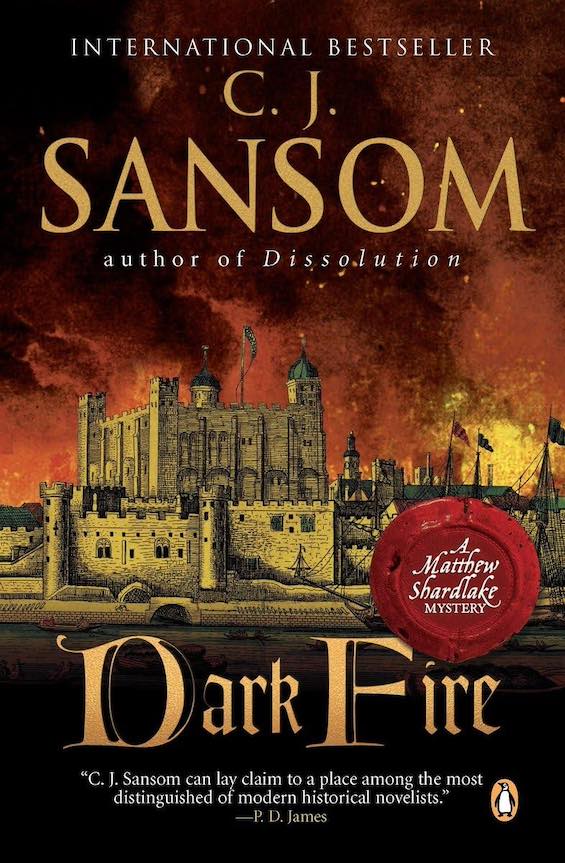
He describes himself as “a whey-faced hunchback lawyer in black robe and cap, a pencase and dagger at my waist instead of a sword.” He is Matthew Shardlake, a sometime favorite of Henry Vill’s first minister, Thomas Cromwell, and this is his story. It’s C. J. Sansom’s second entry in his exceptionally well-researched series historical novels about the lawyer.
It’s the year 1540 and Matthew, thirty-eight years old and conscious of old age approaching, is dreaming of retirement in the countryside. He’s now in court trying to save the life of a young woman accused of murder.
A dangerous assignment he can’t refuse
Suddenly, out of the blue, Cromwell calls Matthew into service again. Three years have passed since he had helped to “dissolve” one of the great monasteries. Now the first minister taps him to track down the whereabouts of an ancient superweapon that has suddenly resurfaced in England. Greek Fire, it’s called, among other names. And Matthew’s quest to recover a sample and the formula to make more will threaten his life in the troubling weeks ahead. But there’s no avoiding the assignment. Because the consequences could be worse. Neither Henry nor Cromwell is known to tolerate disobedience.
Dark Fire (Matthew Shardlake #2 of 7) by C. J. Sansom (2003) 528 pages ★★★★★
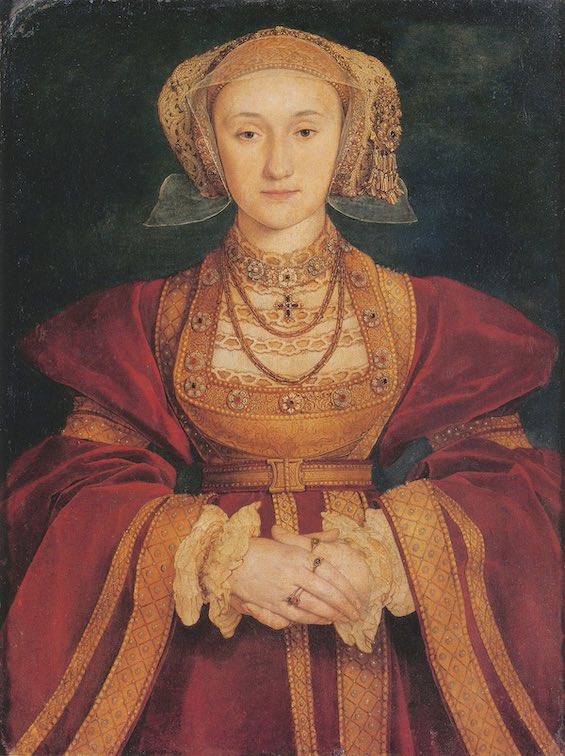
An exceptionally well-researched setting
This was a time when men wore codpieces, and theft was a hanging offense. It was also, to borrow a phrase from the historian William Manchester about an earlier era, “a world lit only by fire.” The action in this novel unfolds in and near the city of London, and Sansom depicts it as a place full of loud noise, ceaseless activity, and noxious odors. It’s impossible to read Dark Fire without gaining a visceral sense of what it must have been like to walk London’s streets then. Every great city is a work in progress, with new construction pushing aside the old and new arrivals crowding in. All that’s evident here, too. Sansom has done an exceptionally able job of research. The details he offers up bring the city, and the era, back into high relief.
Thomas Cromwell’s fatal error
In 1740, Thomas Cromwell was serving his seventh year as Henry’s chief minister. But he had committed an error that history tells us was fatal. Henry had tired of his third wife, Jane Seymour, and demanded a new one. Cromwell complied, dispatching the court’s portraitist, Hans Holbein the Younger, to Germany to paint a flattering miniature portrait of Anne of Cleves. Holbein dutifully followed orders. But he had painted her from the front, obscuring her very long nose. And when the aristocratic woman arrived in England, Henry hated her on first sight and refused to consummate the marriage. It was the beginning of the end for Cromwell. Henry may have never fantasized about obtaining Greek Fire to set the French and Spanish fleets alight. But he surely would have been distracted from his marital troubles had Cromwell offered him the possibility, as he does in this novel.
Sansom makes little of it, but along the way he offers a plausible explanation for why Henry VIII kept murdering his wives. This novel will be a treat for any Tudor history buff—or, for that matter, any fan of historical fiction at all.
About the author

According to his publishers website, “C. J. Sansom was educated at Birmingham University, where he took a BA and then a PhD in history. After working in a variety of jobs, he retrained as a solicitor and practised in Sussex, until becoming a full-time writer. He lives in Sussex.”
Wikipedia adds that Sansom was born in Edinburgh, Scotland, in 1952. He came to prominence with the publication of the seven novels of the Matthew Shardlake series, which appeared from 2003 to 2018. He has also written two other historical novels, one of them an alternate history of England following an Axis victory in World War II.
Sansom died in April 2024. For a revealing obituary about his solitary life, see “C.J. Sansom, Mystery Novelist Drawn to Tudor England, Dies at 71” (New York Times, May 6, 2024).
For related reading
I’ve reviewed three other books in this series:
- Dissolution (In 1536, a lawyer investigates a murder at a monastery)
- Sovereign (A lawyer for the Crown in the time of Henry VIII)
- Revelation (Religious fanatics and other madmen in Tudor times)
And I’ve reviewed Sansom’s superb alternate history, Dominion (A what-if history of the English Resistance).
I’ve also reviewed The Other Boleyn Girl (Plantagenet and Tudor Novels #9) by Philippa Gregory (She might have married Henry VIII. Her sister did.), a novel about Henry’s second wife.
You’ll find similar works at:
- 25 most enlightening historical novels
- Top 10 historical mysteries and thrillers
- Top 20 suspenseful detective novels
And you can always find my most popular reviews, and the most recent ones, on the Home Page.

